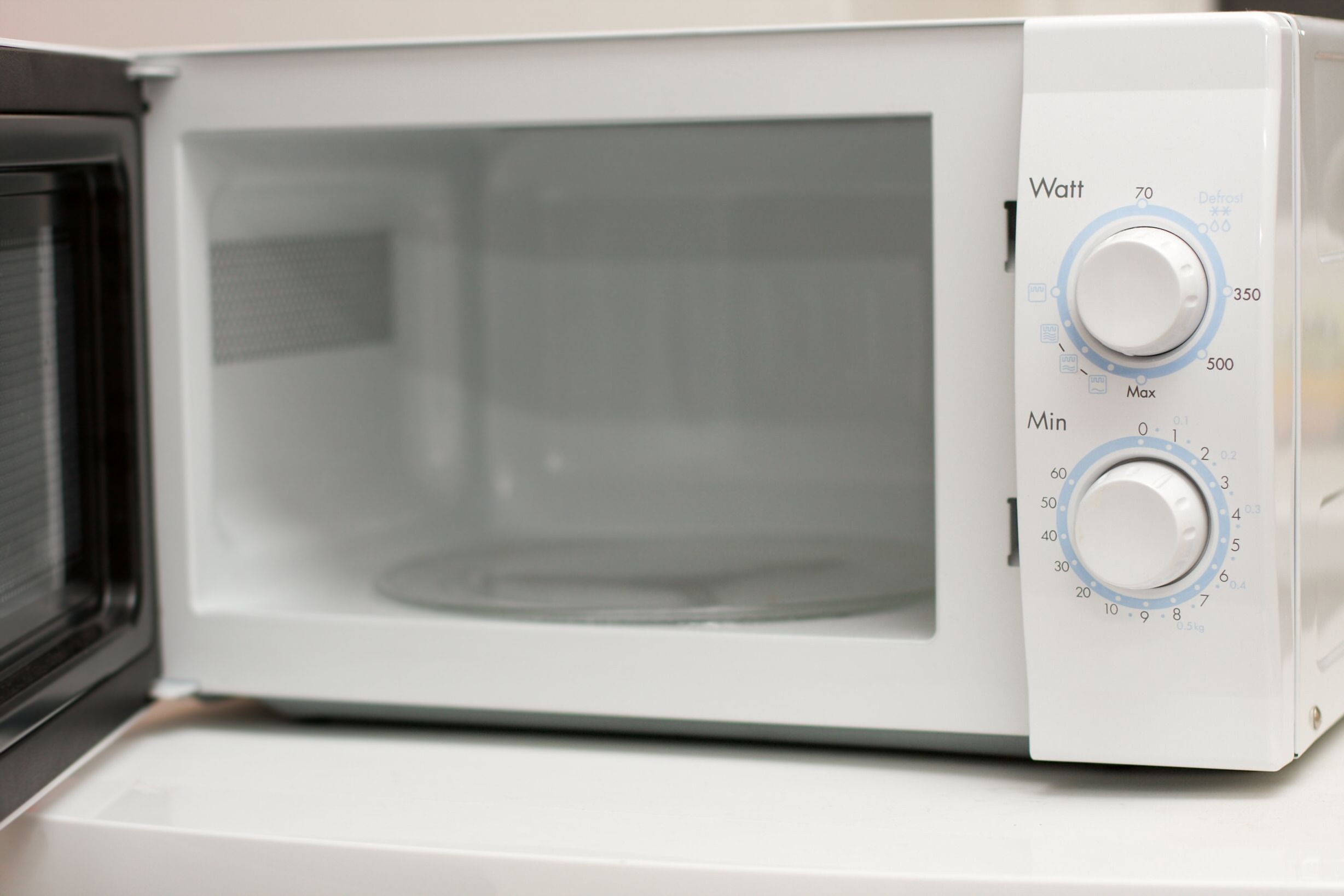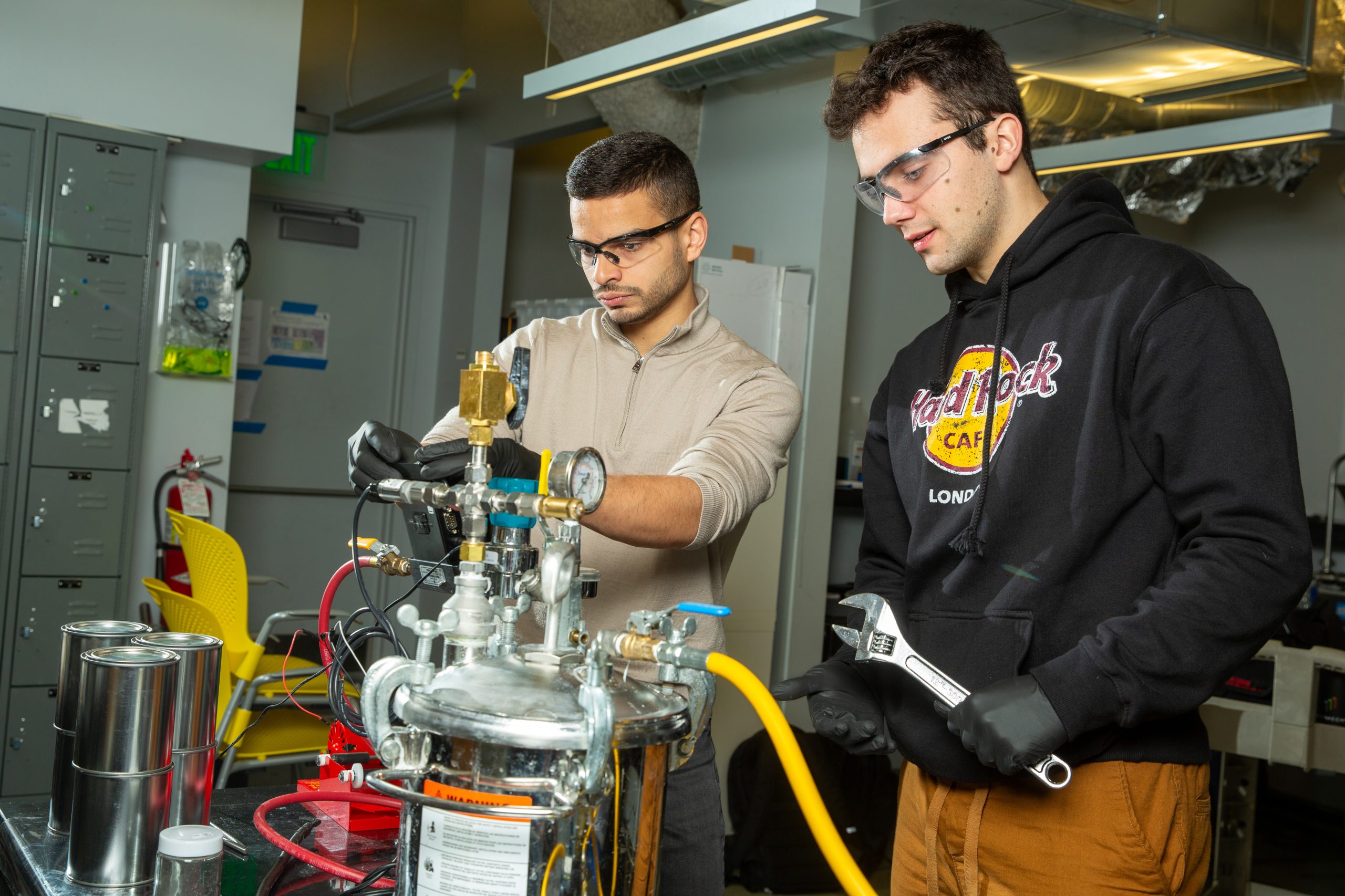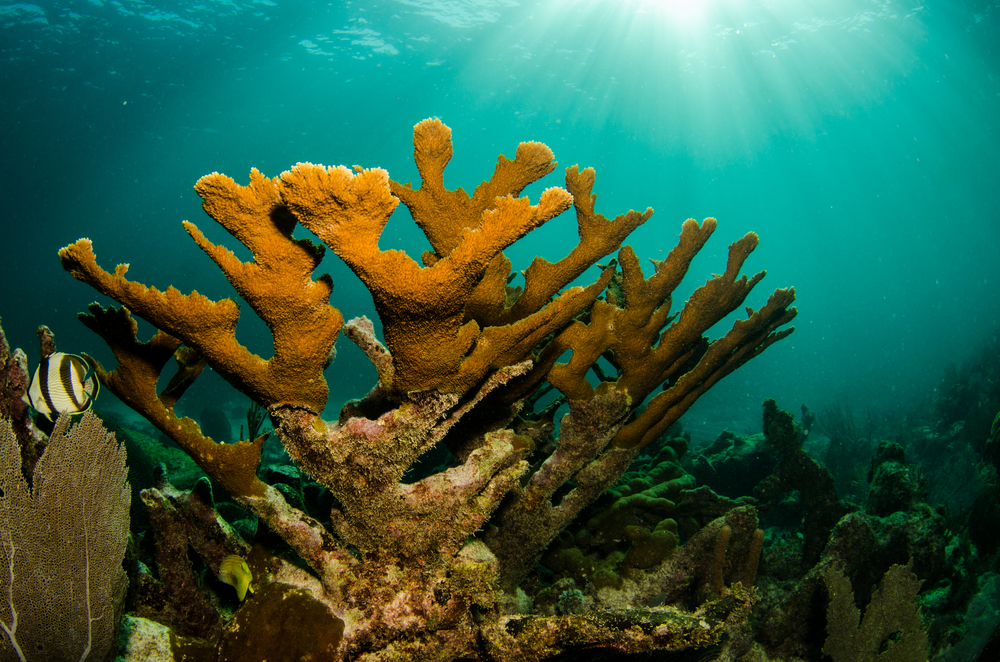In a single day, more than 141 billion liters of water is used to flush toilets—and even in places prone to drought, it’s typically clean drinking water. What if you didn’t have to use as much water to flush what you put in them?
Don’t be squeamish: New tech from researchers at Penn State is designed to make toilets so slippery that they’re essentially self-cleaning, cutting water use in half in the process. The design is inspired by nature: the super-slippery pitcher plant, a carnivorous plant, has a rough surface that becomes lubricated when it rains, so insects slide inside to be digested.
Like the plant, the design uses two separate coatings, which create a combination of roughness and lubrication. When the coating is sprayed on a surface, like a ceramic toilet bowl, it covers the surface in nano-scale polymer “hairs”—100,000 times thinner than human hair—that permanently attach to the surface. A second spray coats the microscopic hairs with lubrication.
In lab tests with synthetic poop, the researchers watched as the waste slid effortlessly off the surface of a toilet bowl, even though poop normally sticks to toilets, requiring large amounts of water to flush it away. The coating also repels bacteria.
Although this doesn’t eliminate the need for water to flush waste through pipes, the invention can cut the use of water in half. Plus, the coating can be applied to a toilet in five minutes and only needs to be done once.












